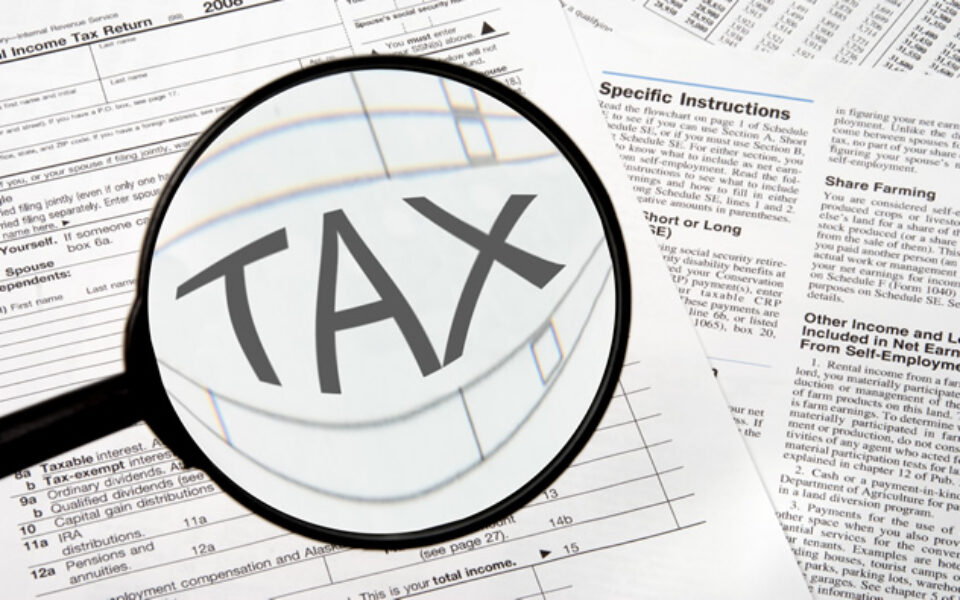The Plan to Let Pass-Through Taxation…Pass-Through
By Mike Purce, Tax Manager, Adam Wachler, Tax Supervisor & Moshe Biderman, Tax Partner
It seems just a short while ago that voters were lining up at the polls to cast their votes for the next administration. Election Day 2016 signified the end of one of the most interesting presidential races in recent history. There was lots of rhetoric as to which road the country should take regarding taxes and spending. One of President Trump’s key platforms during the campaign was the need for tax reform, specifically tax cuts and the simplification of the tax code.
We’re already at the one year mark, and tax reform is hovering on the near horizon. This creates planning opportunities and the need for discussion by taxpayers in order to be well positioned for whatever changes may come.
In early November, the Trump Administration and members of Congress released the Tax Cut and Jobs Act, (“act”). The act, in its present form, contains broad and sweeping changes to the current tax code. One section in particular should be of great interest to the alternative investment community and more specifically the investment managers themselves.
The Act establishes a maximum tax rate of 25% on “business income” from pass-through entities such as partnerships, S Corporations, and Limited Liability Companies (LLCs,), as well as sole proprietorships. As is often the case, the devil is in the details. What exactly characterizes business income? Is it all the profits of the business, or should part of the income be treated as wages since a portion of these earnings may relate to an owners’ own labor? The Act provides for several circumstances, as follows:
- Where the business income is passive with respect to the individuals’ participation in the activity (determined under the passive activity rules), then 100% of the income is subject to the maximum rate of 25%.
- Where the individual materially participates in the activity, then either a default or elective portion of the income is eligible for the 25% rate.
- Default Portion: For certain service professionals (e.g., doctor, lawyer, accountant, engineer, consultant, financial service advisor, or performing artist), the default portion eligible for the 25% rate is zero (causing all of the income to be subject to regular tax rates). For other activities, the default rate is 30%. A business owner can treat 30% of the net business income as income subject to the 25% small business rate, and the remaining 70% is treated as regular income.
- Elective Portion: All businesses (including professional services businesses) can elect to calculate a portion eligible for 25% treatment. This share of the income is determined under a formula using the short term rate plus 7%, multiplied by the capital investments of the business. Once an election is made, it must be used for five years.
It may be difficult to determine what the “capital investments” are for a management company as it can vary based on the infrastructure that a management company may require in order to employ its strategy. It is likely that the computations to determine this elective portion will prove to be unwieldy and unduly complex.
A second provision in the Act that will be of interest to many investment managers, pertains to self-employment taxes. In the past, certain investment managers restructured to efficiently plan around self-employment taxes. It was accomplished by structuring the management company so that the owner was allocated a share of income as a limited partner in a limited partnership. Under the Act, significant revisions to the treatment of partnership profits and S corporation profits for self-employment tax purposes may occur. For taxable years beginning after December 31, 2017, the Act would eliminate long-standing loopholes that permit limited partners and S corporation shareholders to avoid paying self-employment tax on their share of profits.
With debate and rhetoric around tax reform quickly heating up, investment managers should stay in contact with their tax advisors in order to position themselves and plan for what could potentially be the largest tax overhaul since 1986.



















